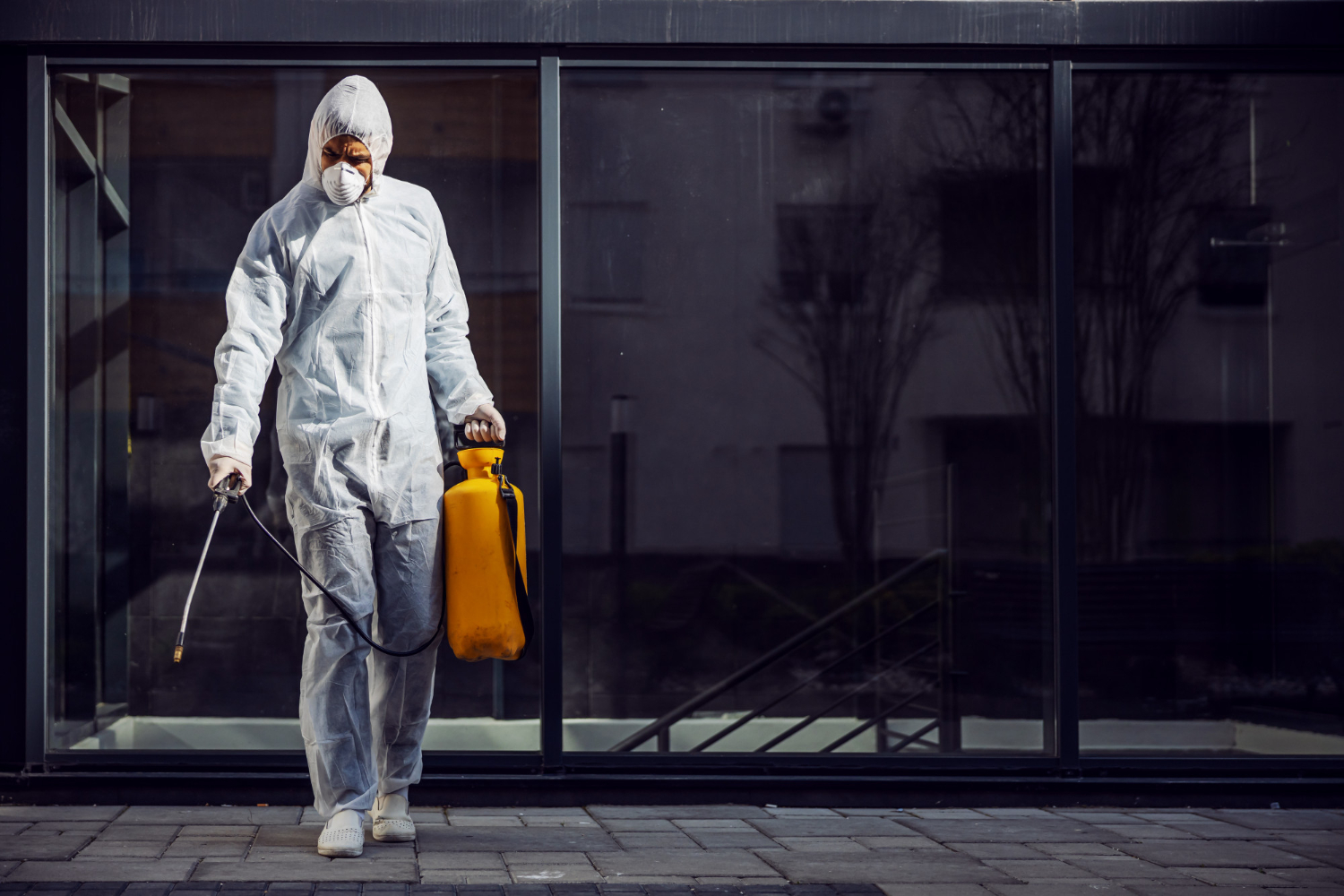
In the Business, maintaining a clean and pest-free environment is paramount. The presence of pests can not only damage a company's reputation but also jeopardize the health and safety of employees and customers. This is where commercial pest control comes into play, offering a range of techniques to address and prevent pest infestations. In this article, we will delve into the various pest control for commercial methods businesses can employ to ensure a pest-free environment.
Chemical pest control is one of the most common methods employed in commercial settings. It involves using pesticides and other chemical agents to eliminate or deter pests. These chemicals are strategically applied to infested areas or potential entry points. While effective, this method should be carried out by trained professionals to minimize risks to human health and the environment. Chemical pest control is particularly suitable for rapid and large-scale pest infestations.
Biological pest control involves the introduction of natural predators, parasites, or pathogens to control pest populations. This method is environmentally friendly and seeks to establish a balance within the ecosystem with commercial pest control in Melbourne for instance, releasing ladybugs to control aphids or using nematodes to target soil-dwelling pests are examples of biological pest control. While it might take more time to see results, this method is sustainable and reduces the reliance on chemical treatments.
Integrated Pest Management (IPM) is a comprehensive approach that combines various strategies to manage pests effectively. It emphasizes prevention, monitoring, and control, all while minimizing the use of chemicals. IPM identifies potential risks and implements preventive measures such as sealing entry points and maintaining proper sanitation. Regular monitoring helps detect early signs of infestations, and pest control for commercials can be addressed using a combination of methods tailored to the specific situation.
Physical pest control involves using physical barriers and tools to prevent pests from accessing a commercial space. Examples of this approach include:
Physical pest control is often used with other methods to enhance their effectiveness.
Modifying the environment to make it less hospitable for pests is another effective commercial pest control method. Businesses can significantly reduce infestations by removing potential breeding sites, food sources, and harborage areas. Proper waste management, eliminating standing water, and organizing storage areas are key habitat modification components.
Advancements in technology have given rise to electronic pest control devices. These devices emit ultrasonic waves or electromagnetic fields intended to repel or disrupt the behavior of pests. While their effectiveness is debated, they are often used as supplementary measures in conjunction with other pest control methods. Electronic pest control devices are non-toxic and can be suitable for specific situations where chemicals are undesirable.
Fumigation is a powerful pest control method that eliminates many pests in enclosed spaces. It involves releasing a gaseous pesticide, a fumigant, into the infested area. This method is particularly useful for removing pests that are difficult to reach using other techniques, such as stored-product pests in warehouses or certain types of termites. Fumigation requires careful planning, adherence to safety protocols, and evacuation of the treated area.
When it comes to the world of business, appearances and impressions matter significantly. A clean and pest-free environment not only ensures the safety and well-being of everyone involved but also contributes to a positive brand image. Implementing effective pest control for commercial measures is not just an option – it's a necessity for business success.
Pest infestations can wreak havoc on commercial establishments, ranging from restaurants to warehouses and office spaces. Not only do pests pose health risks, but they can also damage property, contaminate products, and result in costly shutdowns for extermination and repairs. Moreover, a single pest-related incident can lead to negative reviews and word-of-mouth publicity, tarnishing a business's reputation that took years to build.
Incorporating a robust pest control strategy safeguards against these challenges. Businesses can tailor their approach to suit their specific needs, whether it's a restaurant seeking to keep its kitchen free from rodents or a retail store aiming to prevent stored-product pests from damaging merchandise. By investing in proactive measures, such as routine inspections, preventive treatments, and employee education, businesses can mitigate the risk of infestations and create a safe environment for both customers and employees.
In commercial pest control in Melbourne, prevention is undoubtedly better than a cure. While reactive measures are available to address infestations, the cost and disruption they cause can be significantly higher than preventive actions. Regular maintenance, hygiene practices, and monitoring for early signs of pests can go a long way in maintaining a pest-free establishment.
In the world of commercial pest control, there is no one-size-fits-all solution. The choice of method depends on the type of pests, the extent of the infestation, the environment, and the desired level of environmental impact. Often, a combination of approaches yields the best results, and preventive measures are crucial in maintaining a pest-free environment in the long run. By understanding the various commercial pest control in Melbourne methods available, businesses can make informed decisions to safeguard their premises, reputation, and the well-being of all those who enter their doors.
 Address: Melbourne VIC 3000Phone: 0435 010 341Email: [email protected]Working Days: Mon - Sun 08:00 - 20:00
Address: Melbourne VIC 3000Phone: 0435 010 341Email: [email protected]Working Days: Mon - Sun 08:00 - 20:00Web Design and Internet Marketing by

"*" indicates required fields